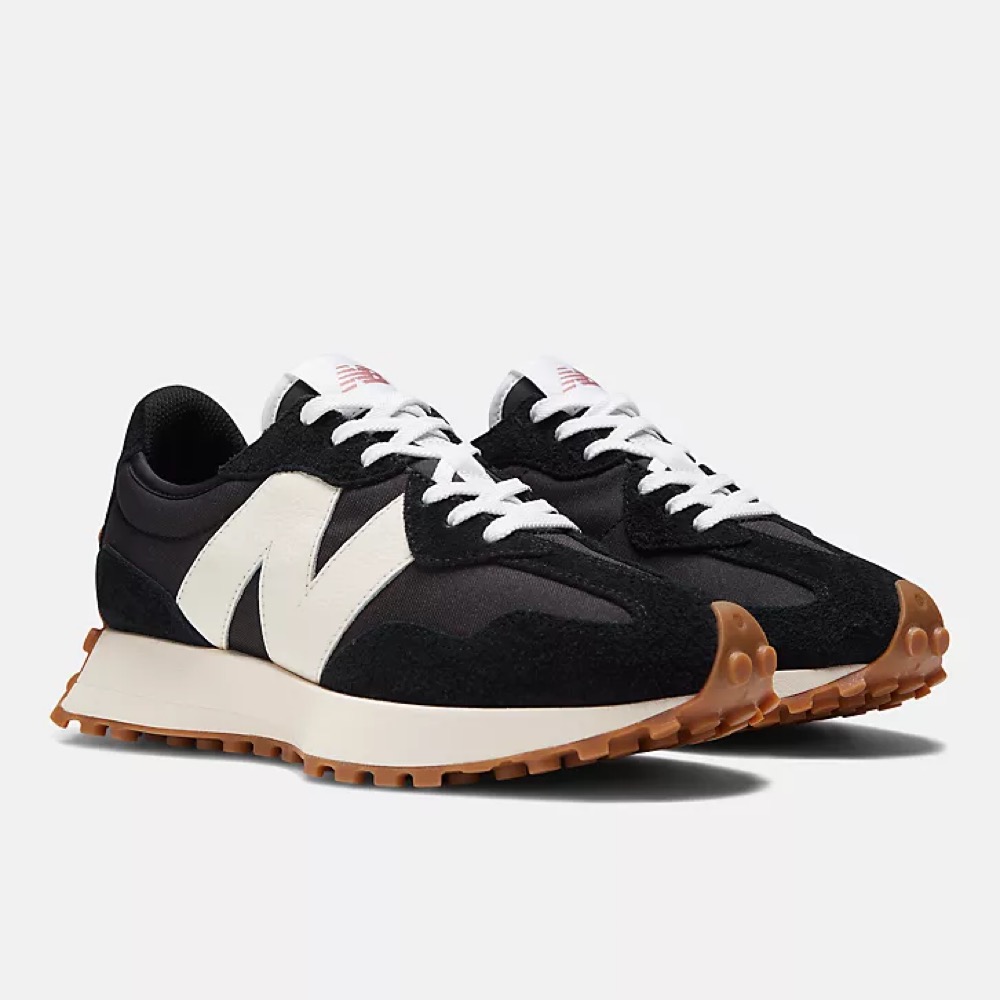What Is An Equipment Loan And How Does It Work? | Bankrate
Whether your company needs a semi truck, copier machine or a new commercial oven, equipment loans can help you save cash while repairing or replacing old equipment, or capitalize on an unexpected opportunity to purchase equipment to help your business grow.
Equipment financing is a loan you take out to buy a specific piece of business equipment. Equipment loans are issued by banks, online lenders and other third-party lenders that specialize in equipment financing. Typically, the piece of equipment you are purchasing serves as collateral for the equipment loan.
Equipment loans can be used to finance a broad range of equipment for your business, including:
In other words, if your company needs to make a big purchase of a tangible asset, an equipment loan can help you break it into manageable payments that you make over time.
You can get several types of equipment financing, including equipment leases, lines of credit or SBA 504 loans. The exact loan you choose will determine the features it has. For example, an equipment lease may not have any down payment and may include taking care of maintenance repairs.
Business equipment financing works by providing you with a sum of money that you use to purchase equipment. The equipment you purchase becomes the collateral to secure the loan. You then pay back the loan in fixed payments with interest over a set term, usually one to five years.
Because the equipment is used as collateral, the lender has the right to seize the equipment if you fail to make payments and default on the loan. Like most business loans, you may also have to provide a personal guarantee, which requires you to be personally responsible for the loan if your business can’t pay the loan back. This puts your personal assets at risk.
While it seems risky to get an equipment loan, having collateral lowers the risk for the lender. The lender then rewards you with lower interest rates and favorable repayment terms that help make payments more manageable, and improve your ability to pay off the loan.
A lender may require a down payment of 10 to 20 percent for the loan. However, some lenders, like U.S. Bank, will finance equipment with no down payment, and may even finance additional costs associated with the purchase, such as licensing and taxes.
Equipment loan pros and cons
Equipment loans can offer quick financing and don’t require extra collateral. However, the loan could outlast the life of the equipment, and the lender could seize the equipment if you fail to make payments. Consider all the pros and cons of equipment financing to help you decide if this loan is right for you.
How a lender determines the value of your equipment can vary based on the lender, the type of equipment you’re financing and where you purchase the equipment from. Lenders may make the following considerations when evaluating your equipment:
Depending on the size and nature of your equipment, a lender may ask for a third-party appraisal, which can add time to the application process.
Terms and rates for equipment loans can vary greatly depending on your lender, the type of equipment you’re financing and your business’s qualifications. Interest rates can be as low as five percent and range into the triple digits. Repayment terms can range from three months to twenty-five years.
As you compare equipment lenders, be wary of those who offer a factor rate instead of an interest rate. Factor rates can be difficult to compare with traditional interest rates, and often convert to much higher APRs.
Equipment leasing allows you to rent equipment from a leasing company for a monthly price. Equipment leasing typically doesn’t require a down payment, making it a better option for business owners who can’t afford to tie up funds to purchase equipment.
Another advantage to leasing is that it can protect you from depreciation or obsolescence. If you’re buying something that won’t be worth much — or even functioning or relevant — by the time your loan term ends, owning the asset doesn’t go very far.
To determine whether equipment leasing or equipment financing is right for you, consider how much the equipment will be worth when the financing ends. Then, consider which option helps you pay less overall.
As with any financing, equipment lenders vet you before offering you the loan. Though exact requirements will depend on where you get your equipment loan, most will look at several factors to determine if you’re eligible for the business equipment loan:
A business equipment loan can enable your business to buy expensive tangible assets that will help it thrive. Since the equipment secures the loan, business loan requirements tend to be lenient, making it an accessible option for startups and bad credit borrowers.
To make sure you find the best deal, evaluate options from at least a few equipment lenders before you sign on the dotted line. If an equipment loan isn’t right for you, you can look into other business loan alternatives to help you get the financing you need.
Did you find this page helpful?
Help us improve our content
You may also like...
Diddy's Legal Troubles & Racketeering Trial

Music mogul Sean 'Diddy' Combs was acquitted of sex trafficking and racketeering charges but convicted on transportation...
Thomas Partey Faces Rape & Sexual Assault Charges

Former Arsenal midfielder Thomas Partey has been formally charged with multiple counts of rape and sexual assault by UK ...
Nigeria Universities Changes Admission Policies

JAMB has clarified its admission policies, rectifying a student's status, reiterating the necessity of its Central Admis...
Ghana's Economic Reforms & Gold Sector Initiatives

Ghana is undertaking a comprehensive economic overhaul with President John Dramani Mahama's 24-Hour Economy and Accelera...
WAFCON 2024 African Women's Football Tournament

The 2024 Women's Africa Cup of Nations opened with thrilling matches, seeing Nigeria's Super Falcons secure a dominant 3...
Emergence & Dynamics of Nigeria's ADC Coalition

A new opposition coalition, led by the African Democratic Congress (ADC), is emerging to challenge President Bola Ahmed ...
Demise of Olubadan of Ibadanland
Oba Owolabi Olakulehin, the 43rd Olubadan of Ibadanland, has died at 90, concluding a life of distinguished service in t...
Death of Nigerian Goalkeeping Legend Peter Rufai

Nigerian football mourns the death of legendary Super Eagles goalkeeper Peter Rufai, who passed away at 61. Known as 'Do...





